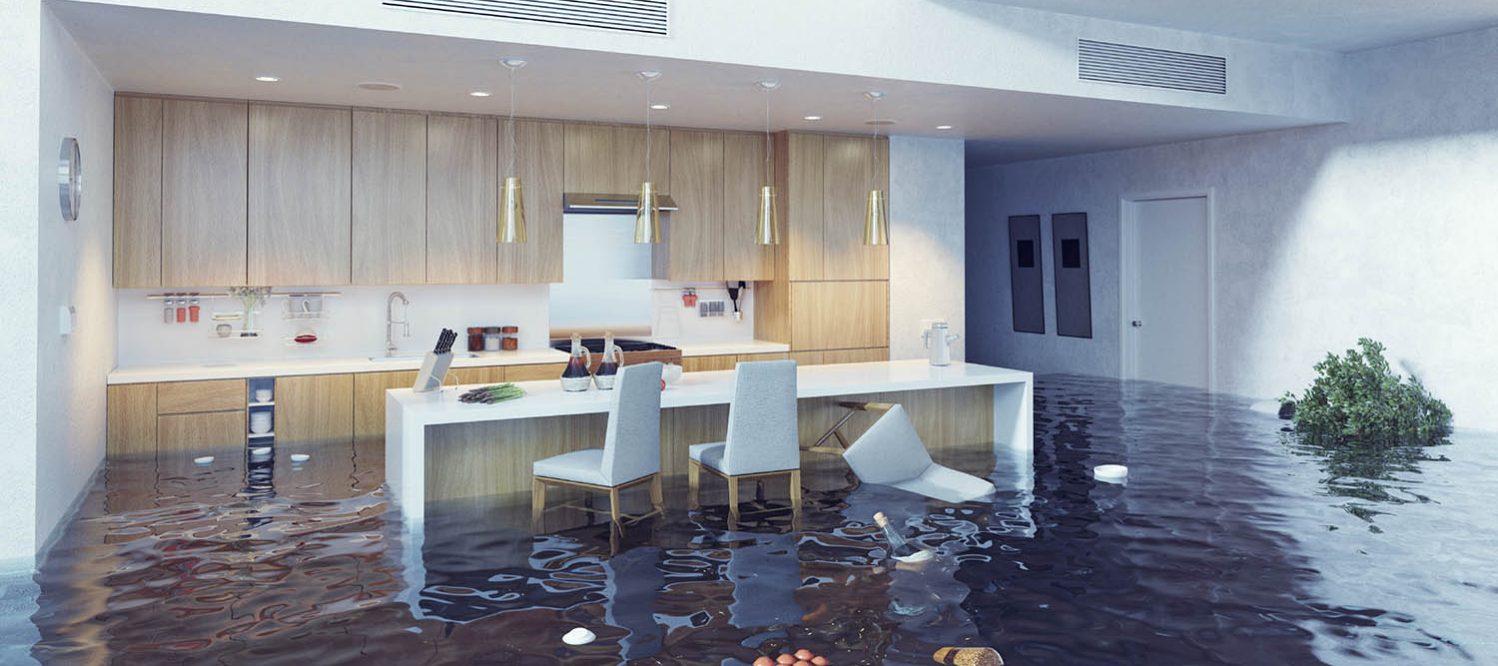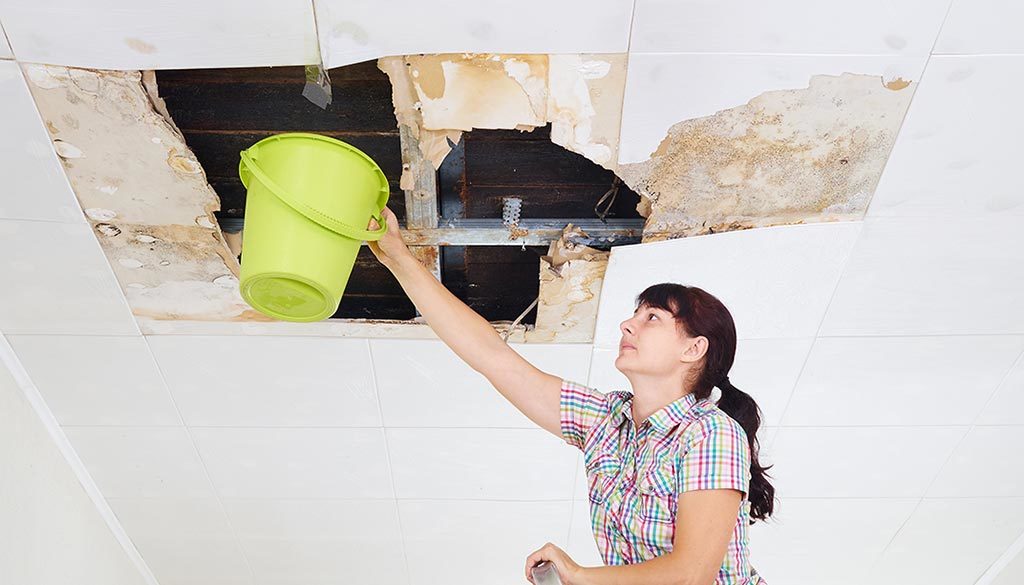Dependable Water Mitigation Company Malta NY: Your Companion in Water Damages Solutions
Dependable Water Mitigation Company Malta NY: Your Companion in Water Damages Solutions
Blog Article
Effective Water Mitigation Strategies You Required to Know
Water damages can be a pricey and disruptive issue for property proprietors, making it important to be well-versed in reliable water mitigation strategies. From early discovery and assessment to efficient water removal techniques and comprehensive drying out methods, there are necessary steps to take in mitigating water damages.

Very Early Discovery and Inspection
Early discovery and inspection are important action in the procedure of water mitigation to determine and attend to possible resources of water damages immediately. By performing normal evaluations of plumbing systems, home appliances, and architectural components, water reduction experts can proactively identify locations susceptible to leakages, condensation, or flooding. With detailed inspections utilizing innovative modern technology such as dampness meters and thermal imaging electronic cameras, professionals can detect hidden water breach that might not be quickly noticeable to the naked eye. Determining these problems at an early stage can avoid further escalation of water damages, eventually saving time and sources in the mitigation procedure.
Furthermore, early discovery enables for swift activity to be taken in drying out impacted locations and applying needed repair work to stop mold and mildew growth, architectural wear and tear, and various other long-lasting consequences of water damages. Timely intervention not just alleviates the prompt effect of water breach however additionally assists in maintaining the stability and safety and security of the building in the future. Prioritizing very early discovery and inspection as essential parts of water mitigation techniques is essential for efficient damages control and reconstruction initiatives.
Efficient Water Removal Techniques
Discovery and inspection are vital steps in any kind of water reduction procedure, laying the foundation for efficient water extraction approaches to swiftly eliminate excess water from impacted locations. As soon as the level of water damages is assessed, it is important to use effective extraction techniques quickly. Water extraction can be accomplished with different approaches, consisting of making use of powerful pumps, damp vacuum cleaners, and dehumidifiers.
Professional water mitigation groups usually use submersible pumps to quickly remove large quantities of water from the facilities. These pumps are capable of removing water at a rapid rate, minimizing the risk of more damages to the residential or commercial property. Wet vacuum cleaners are also frequently made use of to target smaller sized areas or hard-to-reach spaces where standing water persists.
Additionally, dehumidifiers play a vital function in the water extraction process by reducing dampness degrees in the air and accelerating the total drying time - water mitigation company malta ny. By combining these extraction techniques tactically, water mitigation professionals can successfully extract water, mitigate damages, and stop mold development, eventually restoring the damaged area to its pre-loss condition
Thorough Drying Strategies
To guarantee extensive water damage reduction, extensive drying strategies are vital in removing recurring dampness and protecting against prospective structural concerns. After water extraction, the emphasis moves to drying out the influenced locations completely. One reliable method is making use of industrial-grade dehumidifiers to decrease moisture levels, assisting in the evaporation of wetness from surface areas and materials. Appropriate air movement is crucial for drying out, and technicians may strategically place air movers to enhance blood circulation and speed up the drying out procedure.
In situations of water damages, permeable materials like drywall and carpeting can catch dampness, leading to mold growth and structural weakening if not adequately dried. To resolve this, specialists might use specialized devices such as wetness meters to determine wetness degrees within products, ensuring extensive drying. Furthermore, the elimination of walls or drilling little holes in wall surfaces may assist in drying out in wall tooth cavities where wetness can remain unseen.
Mold Avoidance and Removal
Adhering to the detailed drying techniques in water reduction, the emphasis now changes in the direction of dealing with mold avoidance and remediation to have a peek at this website safeguard versus potential health threats and architectural damage. Mold and mildew can swiftly establish in areas affected by water damages, positioning serious wellness risks and endangering the stability of the building. To avoid mold growth, it is important to promptly get rid of any type of water-damaged products, in addition to thoroughly clean and decontaminate the impacted areas. Correct ventilation and dehumidification likewise play key functions in mold prevention by lowering dampness levels that advertise mold development.
In situations where mold has currently developed, swift remediation is necessary. This procedure entails the careful elimination and disposal of mold-infested products, followed about his by comprehensive cleaning and sanitation of the location to stop regrowth. It is very important to address mold and mildew issues promptly and efficiently to avoid additional damages and make sure the security of passengers. Specialist mold remediation services may be necessary for comprehensive mold infestations to ensure secure and detailed elimination. By applying these mold and mildew prevention and remediation techniques, the threats associated with water damage can be considerably decreased.
Structural Fixing and Repair

Repair initiatives frequently prolong past architectural repairs to consist of aesthetic enhancements. Repainting wall surfaces, changing floor covering, and dealing with any kind of visible water stains are usual techniques. It is necessary to not only repair the architectural damage however also to restore the looks of the space. Additionally, resolving any kind of sticking read review around wetness concerns and making sure appropriate air flow can help avoid future structural damages and mold and mildew development. By promptly and properly addressing architectural issues post-water damage, homeowner can guard their structures and restore them to their pre-damage condition.
Conclusion
Finally, effective water reduction methods such as very early detection, effective water extraction, thorough drying, mold and mildew prevention, and architectural repair are important in minimizing damage and restoring impacted areas (water removal ballston spa ny). By following these actions diligently, building owners can mitigate the effect of water damage and protect against further problems such as mold and mildew development. It is very important to act promptly and use these techniques to guarantee a successful water reduction procedure
Water damage can be a costly and disruptive concern for home proprietors, making it crucial to be well-versed in effective water mitigation techniques. From early discovery and assessment to reliable water extraction methods and complete drying out techniques, there are essential steps to take in mitigating water damage.Very early discovery and assessment are important steps in the process of water reduction to identify and attend to prospective sources of water damage without delay.Discovery and evaluation are vital steps in any water reduction process, laying the structure for effective water removal methods to quickly eliminate excess water from impacted areas.In conclusion, effective water mitigation methods such as very early discovery, reliable water removal, detailed drying out, mold prevention, and architectural fixing are essential in decreasing damages and restoring affected areas.
Report this page